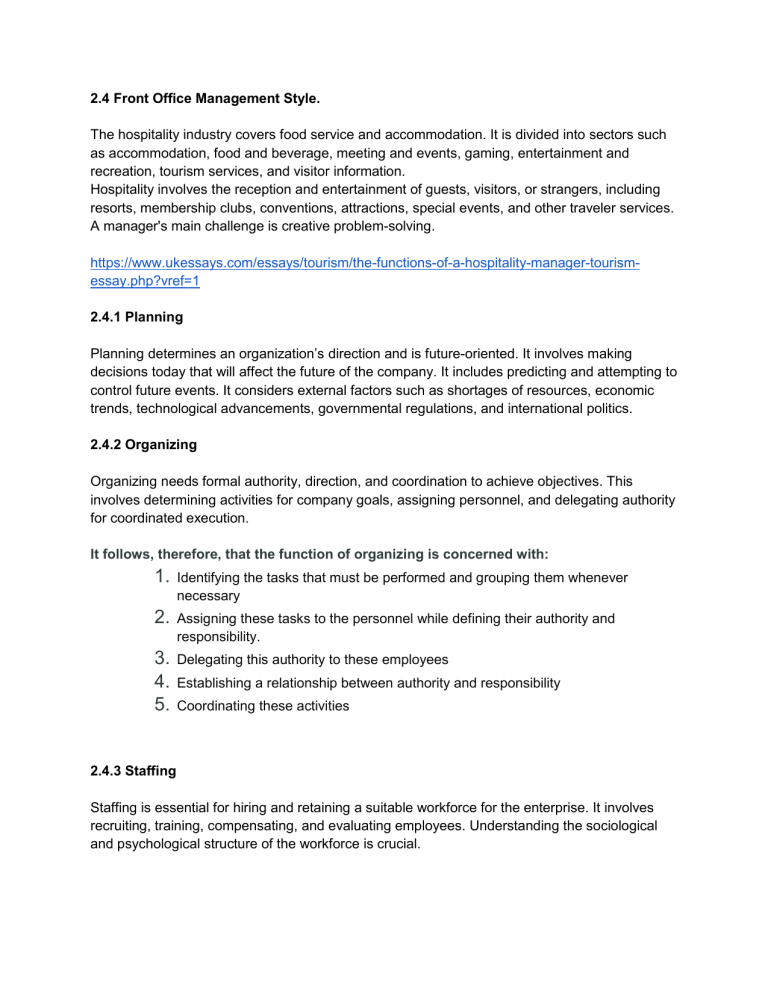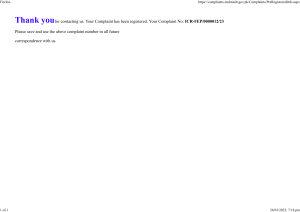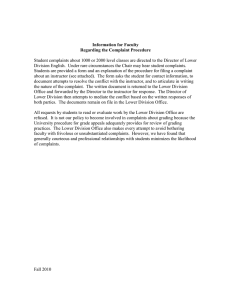
2.4 Front Office Management Style. The hospitality industry covers food service and accommodation. It is divided into sectors such as accommodation, food and beverage, meeting and events, gaming, entertainment and recreation, tourism services, and visitor information. Hospitality involves the reception and entertainment of guests, visitors, or strangers, including resorts, membership clubs, conventions, attractions, special events, and other traveler services. A manager's main challenge is creative problem-solving. https://www.ukessays.com/essays/tourism/the-functions-of-a-hospitality-manager-tourismessay.php?vref=1 2.4.1 Planning Planning determines an organization’s direction and is future-oriented. It involves making decisions today that will affect the future of the company. It includes predicting and attempting to control future events. It considers external factors such as shortages of resources, economic trends, technological advancements, governmental regulations, and international politics. 2.4.2 Organizing Organizing needs formal authority, direction, and coordination to achieve objectives. This involves determining activities for company goals, assigning personnel, and delegating authority for coordinated execution. It follows, therefore, that the function of organizing is concerned with: 1. Identifying the tasks that must be performed and grouping them whenever necessary 2. Assigning these tasks to the personnel while defining their authority and responsibility. 3. 4. 5. Delegating this authority to these employees Establishing a relationship between authority and responsibility Coordinating these activities 2.4.3 Staffing Staffing is essential for hiring and retaining a suitable workforce for the enterprise. It involves recruiting, training, compensating, and evaluating employees. Understanding the sociological and psychological structure of the workforce is crucial. 2.4.4. Directing The directing function involves leadership, communication, motivation, and supervision to ensure efficient employee performance and goal achievement. ● ● ● ● Leadership issues instructions and guides subordinates. Open communication allows information exchange and feedback. Motivation is crucial for high performance with less direction. Supervision provides progress reports and ensures proper direction. 2.4.5 Controlling The function of control ensures events don't deviate from plans. It involves establishing work standards, measuring performance, and taking corrective action to correct deviations. The controlling function involves: a. Establishment of standard performance. b. Measurement of actual performance. c. Measuring actual performance with the predetermined standard and finding out the deviations. https://www.managementstudyhq.com/functions-of-management.html 2.6 Guest's Complaint Handling guest complaints is crucial for excellent hotel service. Our goal is to promptly address concerns and ensure guest satisfaction. Each guest's feedback is valued for improving services. Excellent customer service should always be a priority, but in the unfortunate event that you receive a customer complaint, here are ten tips on how to handle it. https://www.oberlo.com/blog/customer-complaints 2.6.1. Stay claim Handling customer complaints can be tough, especially when it's about your own business. Stay calm and don't take it personally. Complaints can help you improve. 2.6.2. Listen If a customer has a problem, listen. Complaining might seem trivial but it matters to them. Some people complain about bad days. Use active listening techniques, don't assume needs. Let customers calm down. Resolving issues can be as simple as listening. 2.6.3. Be kind In most cases, diffuse anger by being kind and understanding. Let the customer know you appreciate their concerns and want to understand how they feel. Showing genuine care helps find a resolution to the complaint. 2.6.4. Acknowledge the issue Once you have gone through the first four steps, make sure to follow-up with them to make sure that they are satisfied with the solution and that you have taken care of their concern 2.6.5. Apologize and Thank them Apologizing and acknowledging a customer's poor experience will put you ahead. Thanking customers for reaching out shows you want to improve and resolve the problem. 2.6.6. Ask the Questions Listen to customer's complaints and allow them to calm down. Take initiative and gather facts. Ask questions for clarification without repeating what they've already said. Build trust through kindness, listening, acknowledging, and apologizing. 2.6.. Make it Speedy Once you have all the info, find a solution that satisfies everyone, esp. the customer. The faster you find a reasonable solution, the happier the customer and yourself. Be flexible. Stick to protocols, but also go the extra mile for customers. Don't offer a solution you can't do. Maybe a small gift card or discount will help. Consider replacing items for free or upgrading future purchase/membership. Give employees freedom to make decisions. Avoid passing upset customers up the chain of command. 2.6.8. Document their Respond Complaints have hidden opportunities for improving product or service. Documenting can help you identify flaws, issues, and trends. It could be a glitch to address or a campaign-specific complaint for the marketing department. Make sure to record all complaints for future use. With documented complaints, bring them up in meetings to seek advice on issue tackling. 2.6.9. Follow Up Contacting angry customers after finding a solution is important. It shows you care and helps build trust. Apologize again and make sure their needs are met. Satisfied customers can bring you more business. 2.6.10. Come Out from Behind the Screen The Internet makes customer service easier, but don't always use live chat or email. Video calls can be beneficial for service providers (web development, copywriting, social media consultancy). Video conferencing conveys emotions and non-verbal cues, showing intention to help and solve complaints. Use apps like Zoom or Skype for face-to-face virtual conversations.

